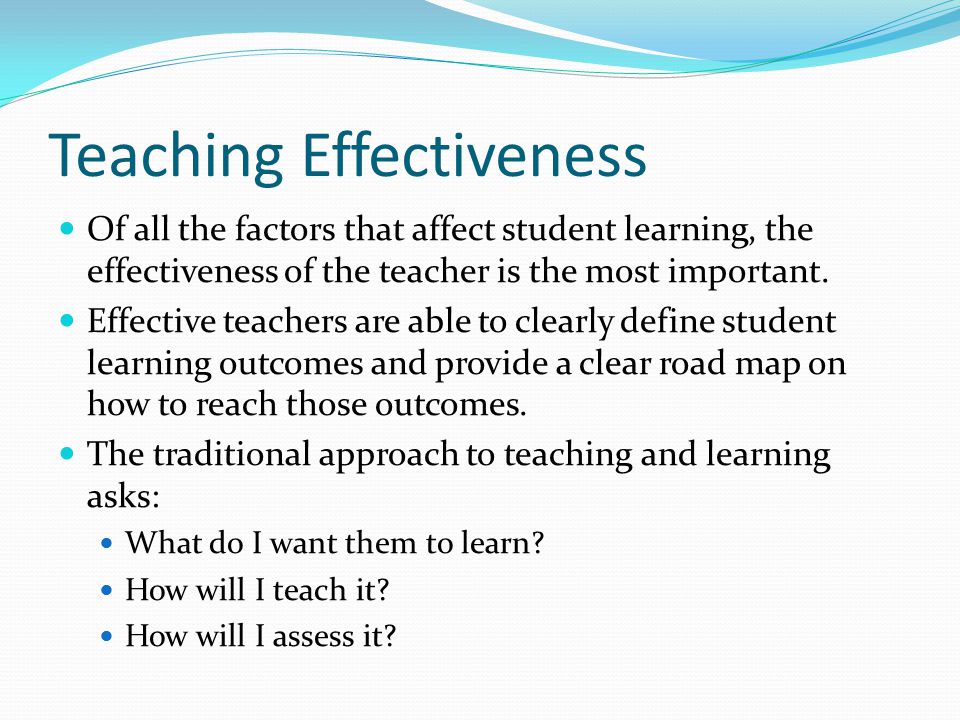How to Define Affect For Teachers
Define affect is a very important tool in teaching your students about feelings and how to deal with them. Students can learn about their feelings by reading this simple guide on the benefits of effective vocabulary. In the end, it will teach them what to do with their feelings and how to use them when in situations that require a response.
To begin with, you must first understand what affect means in your own life. Affect can be viewed as something experienced by the body, mind, or emotions. The term "affects" is taken from the Greek words meaning "affect, feeling." When the word "affect" means a feeling, it can mean that a person is experiencing a feeling associated with his emotions. For example, if you are angry, you will have an effect on your body.
Another important aspect of defining affect is knowing how your body can feel what you are feeling. This is because we all know how we feel in a certain way when anger is in our bodies, but how these feelings manifest in actions. That is, we can experience our feelings through emotions, but there is something else that makes them seem real, namely the physical sensation of our emotions.
Some people think they can control other people's behavior by using their emotions, but this is not the case. This is because no matter how you feel inside, whether you are angry or sad, you can see that it manifests itself in the form of action. When you feel angry, your emotions manifest in how you react, and this can include things like how quickly or slowly you can speak, how you will react to others, and how you react to your environment.
It is important to understand that you can feel what you are feeling at any time, even when you are not aware of it. This is because affective vocabulary is very important for learners to understand as part of their vocabulary.

As you read about how to define affect, it will become clearer to students that not only are they able to feel what they are feeling, but they can also feel the positive feelings that come with them. For example, if a student feels sad because they are having problems at school, and they were sad all day long, they may feel sad at lunch, but when they are eating lunch they will notice that they do not feel as sad as they used to because of the food.
Once a person has the ability to feel what they are feeling, they can better learn how to take care of their feelings
If a student knows how to feel happy, they can help someone else to learn how to feel happy and that can lead to a more positive and understanding society.
When you are looking to teach your students about affect, you should take the time to explain how to feel and see the benefits of it. After all, the benefits of feeling good will be a big part of your lesson in teaching and learning how to define affect. Once you show students how to feel good, you will then be able to create a society that is a lot easier to live in.
Learning how to feel good is a process. You cannot learn it overnight, and you have to understand that you are taking small steps to get there. Learning how to identify the good feelings and the bad ones will take time and that is why it is so important that students learn how to identify the good feelings as well as the bad ones.
While you are in the process of building your vocabulary on how to define affect, it is important that you use the word "feel" as much as possible. Students are much more likely to remember the word "feel" when they hear it than the word "feeling" when they hear the word "thinking".
The next time that you are looking to teach your students how to feel good, it is also important to use the word "feel" when you are speaking to them. This way, students will also be able to associate feelings and thoughts. when they are having conversations. This makes learning how to define affect easier because they will be able to look to find the meaning of the word before they say it.
